dir="ltr" style="text-align: left;">
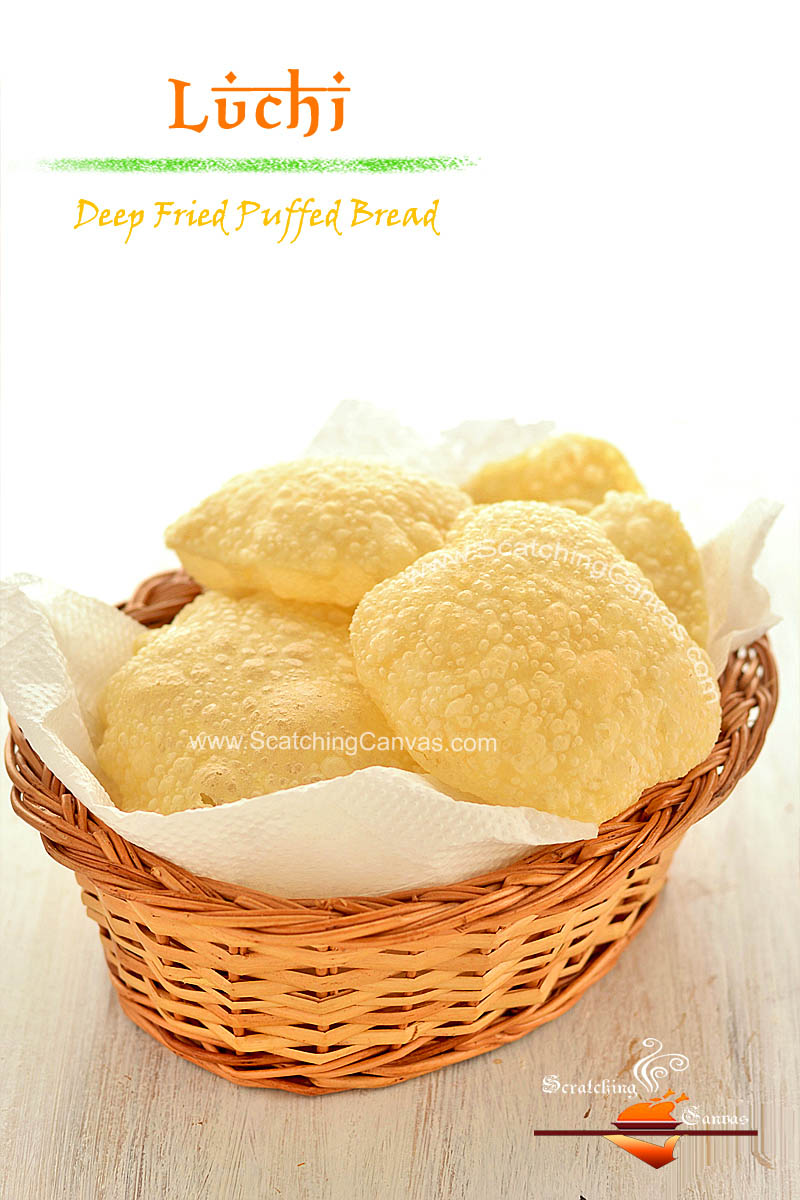
Soyon e, swapan e, jagoron e Bangali jibon er omogh sotyo Luchi Torkari, Robibar er jol-khabar!
~ The ultimate dream and truth in a Bengali’s life is luchi-torkari (poori-bhaji) on Sunday’s breakfast.
Luchi is the inseparable part of Bengali life; you can take out a Bengali from Bengaholal but you can never remove luchi from a Bengali’s life! We need this small dose of pleasure on breakfast, lunch or dinner with our favourite Alur Torkari or Cholar Dal and a bowlful of Bonde (Sweet Boondi). We can eat this maida poori all day long without any hesitations. If you are in doubts, all you need to do is send me an invitation! I’m always up with the ‘try me’ option! (Only for luchi, okay?)
If you have no clue about what luchi is and might be thinking what’s all this fuss about, let me clear the air for you. Luchi or Loochi is a deep fried Indian yeast free flatbread which gets puffed up during frying. It is a breakfast staple in Bangladesh and few states of eastern zone of India like West Bengal, Orissa and Assam.

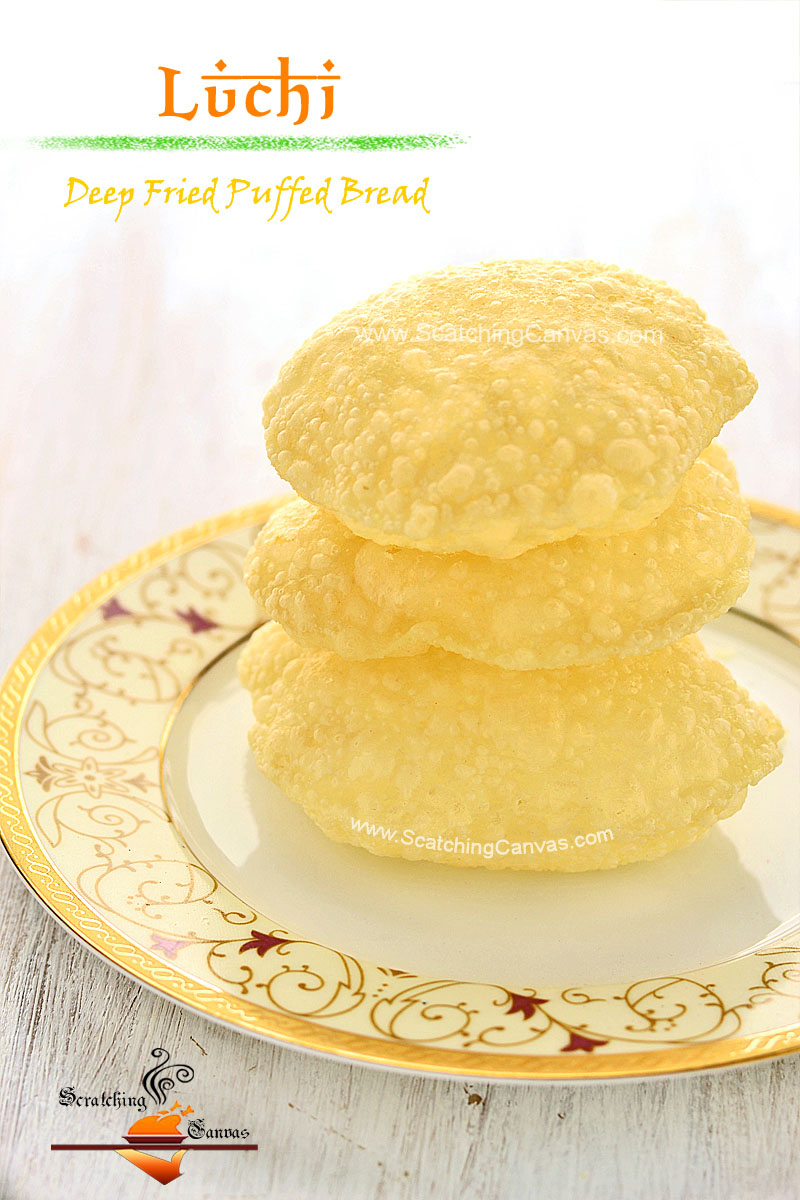
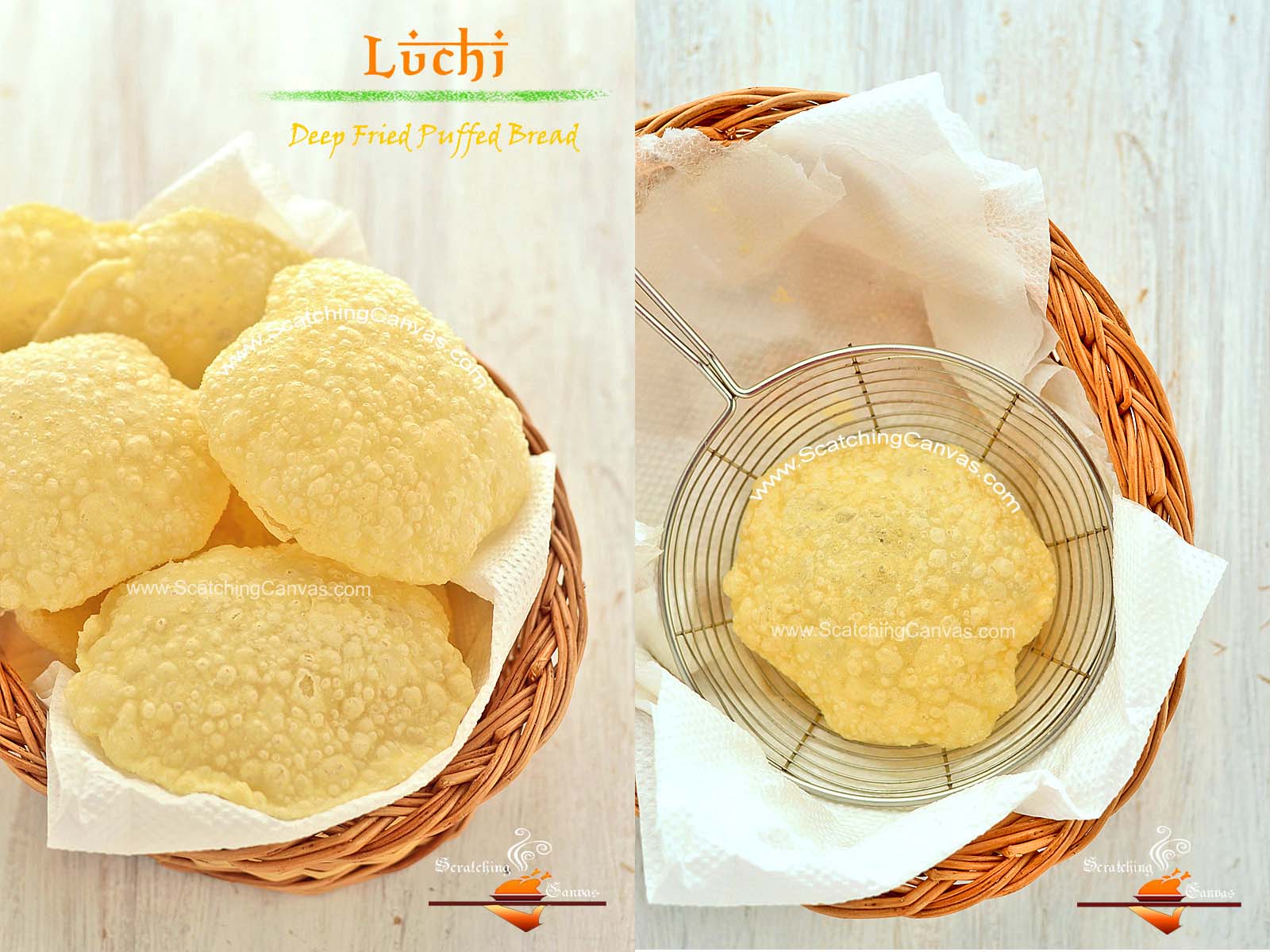
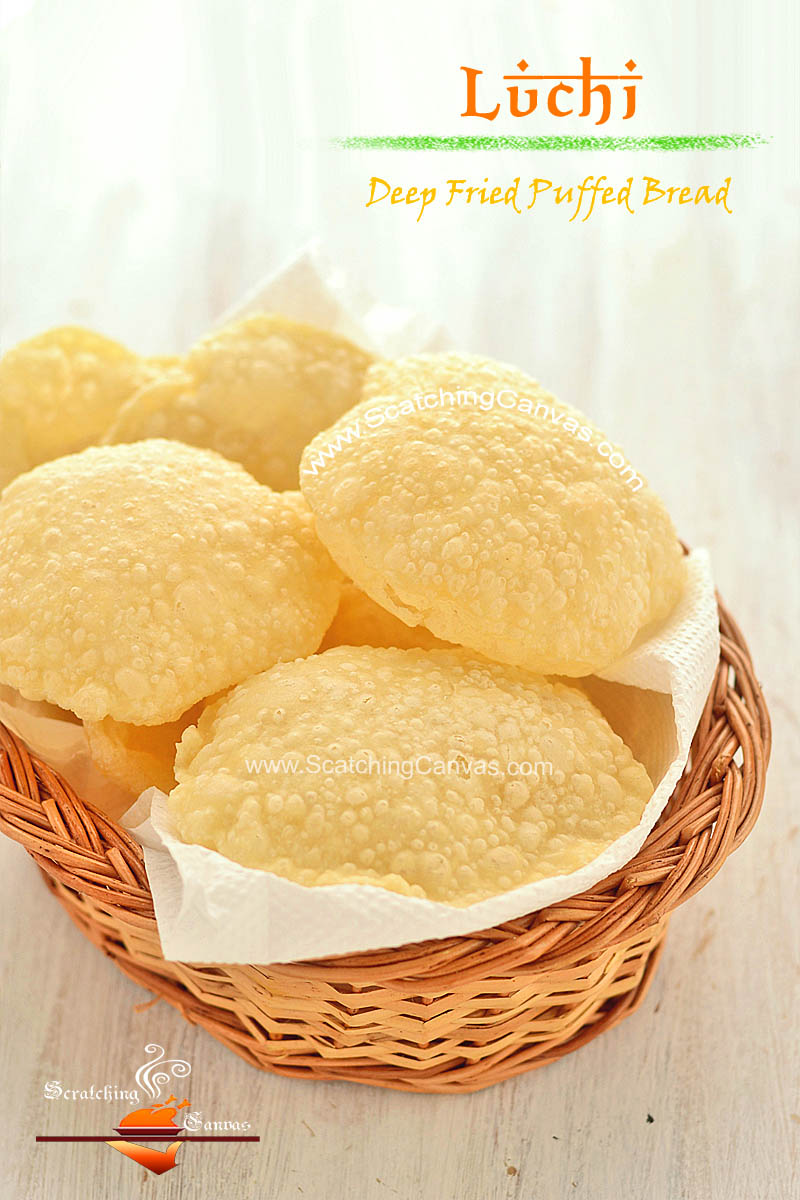
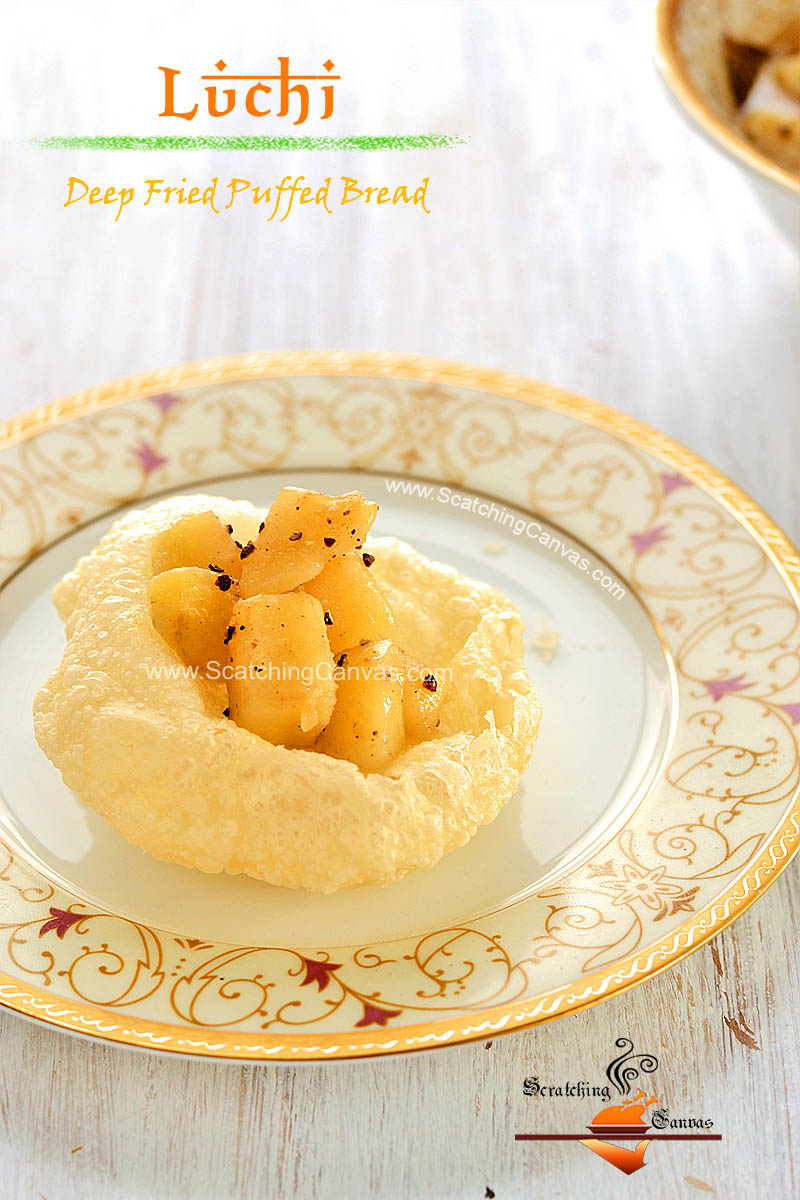
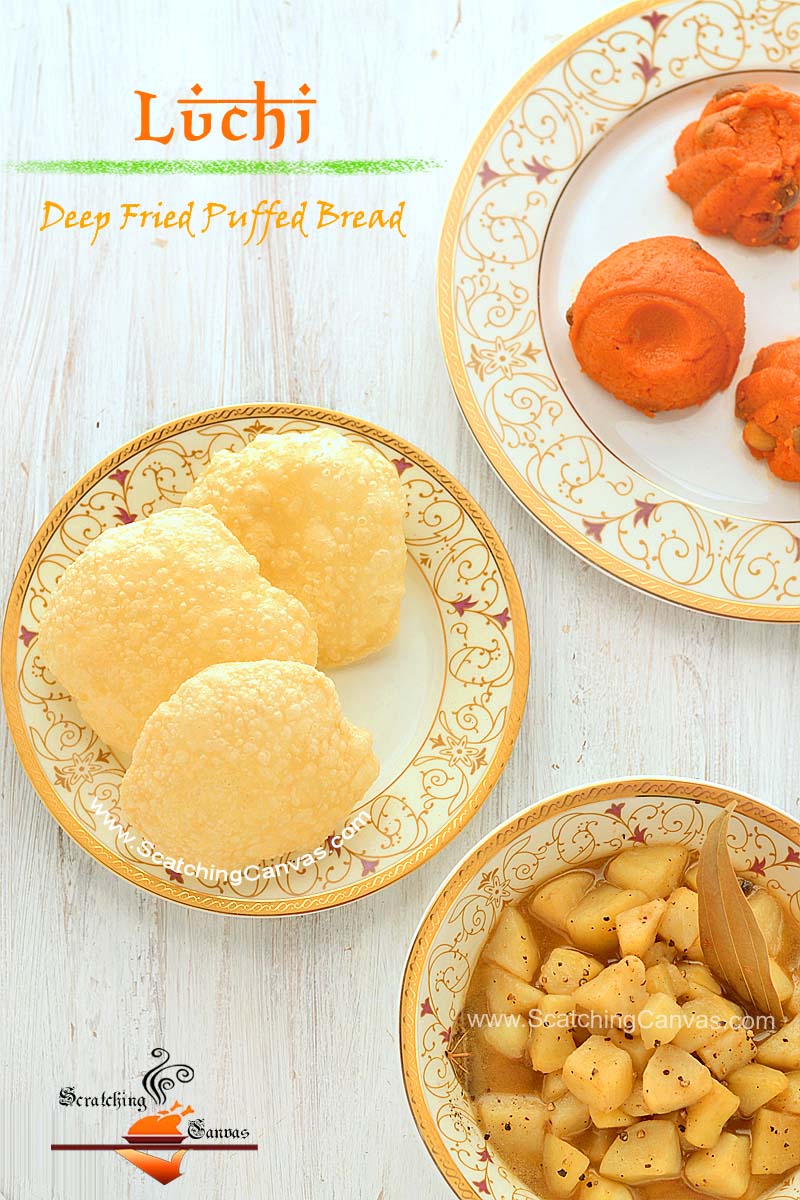
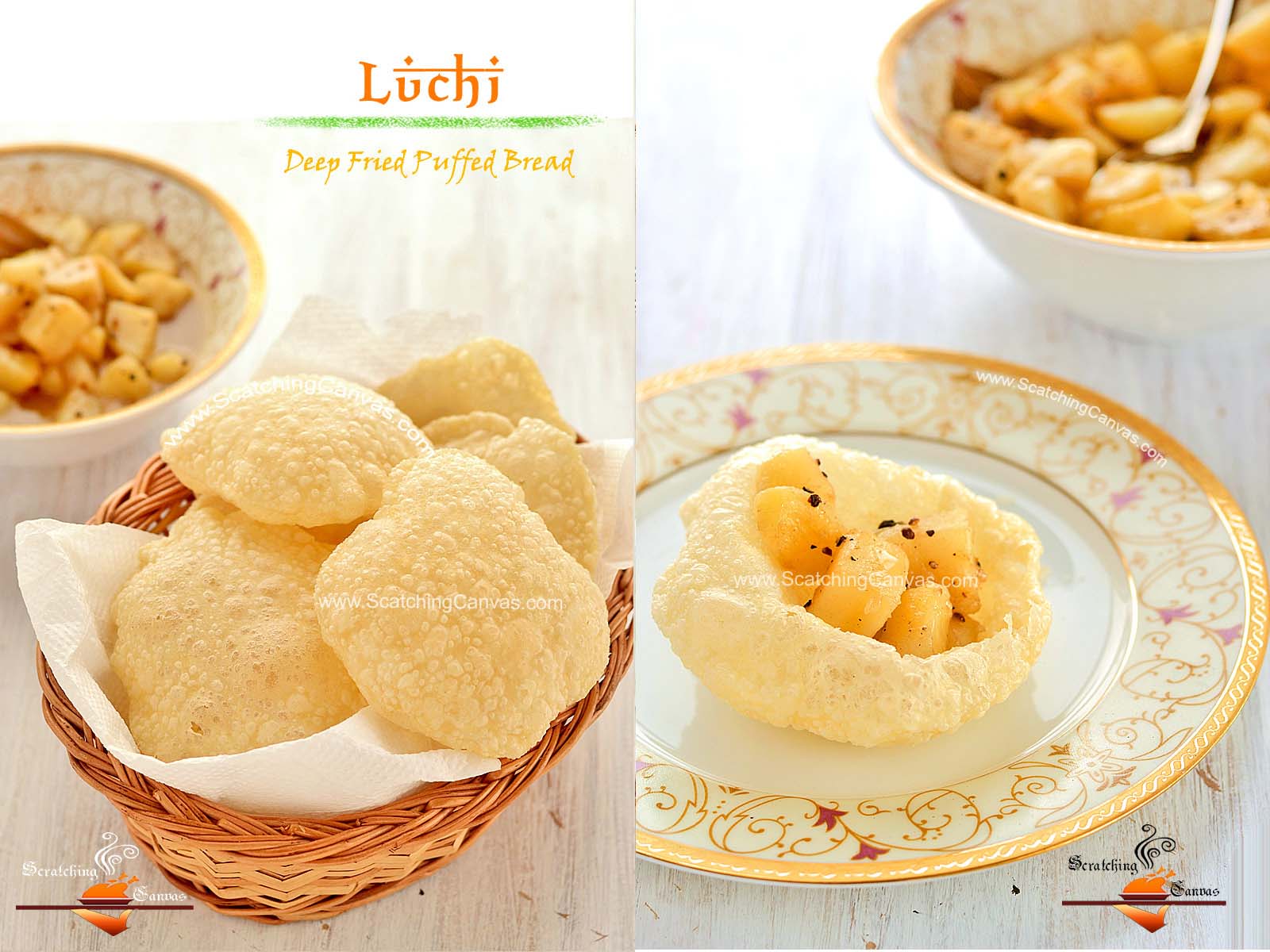

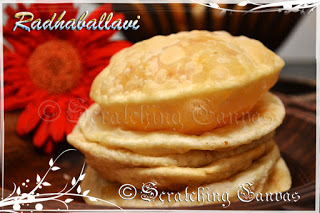
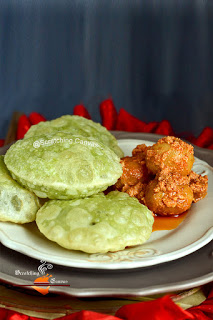
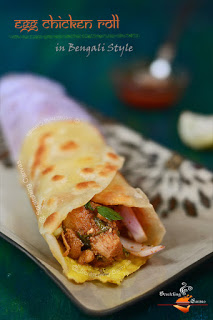
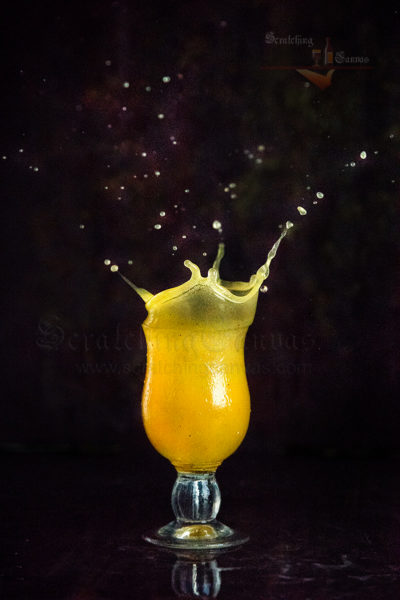
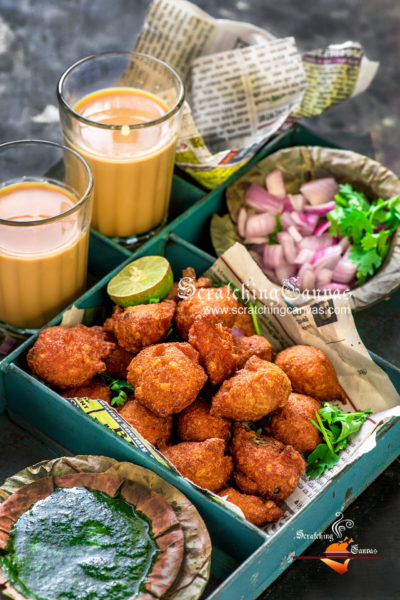
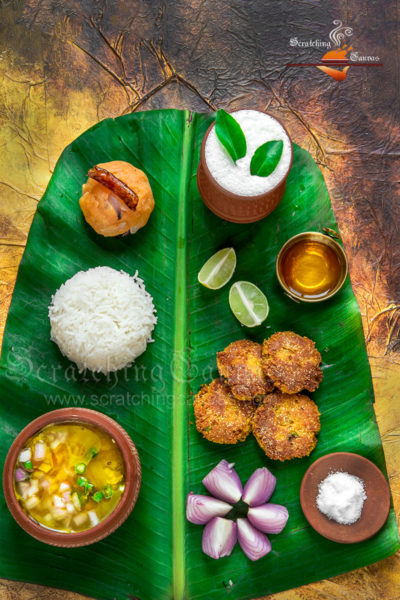
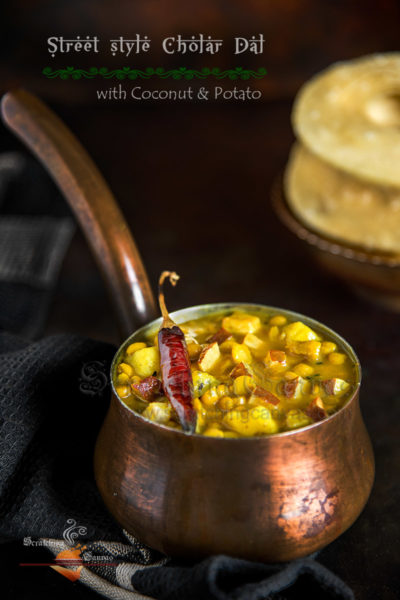
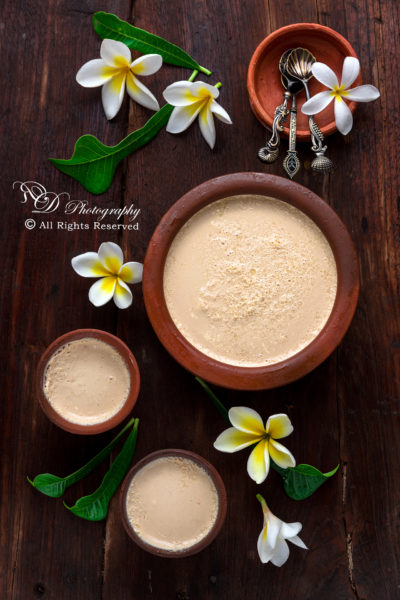
Lovely. Mouth watering.
Lovely post Rimli. Agree when you say poori looks simple, but to get it right, needs technique. Loved the way you have given details.
Well written